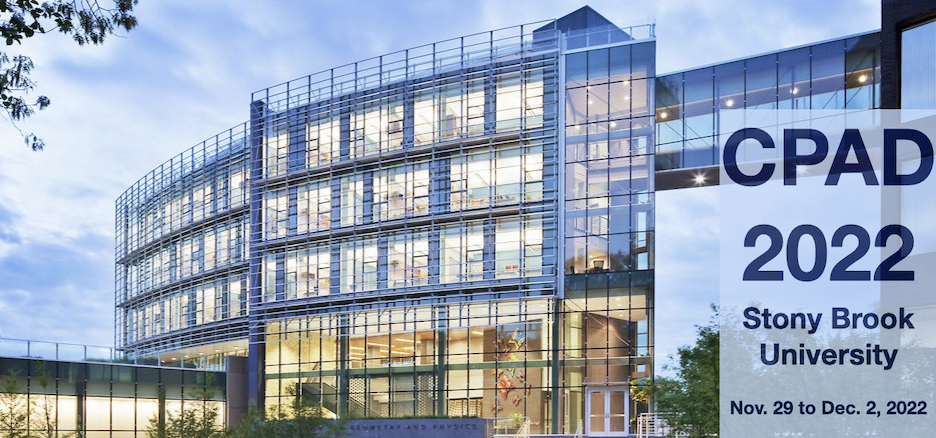Speaker
Description
Funded by its Office of the President, a consortium of University of California
affiliated institutions has been exploring the use of electronic-grade diamond
sensors for applications in extreme environments, including settings involving
high fluences of hadronic particles (in excess of 10^16 Neq/cm^2), high instantaneous flux (approaching 100 J / cm^2 of deposited energy) and/or high repetition rate (approaching 10 GHz). Results are presented on the rate and efficiency of charge collection as a function of the electron-hole plasma density induced by the XPP beamline X-Ray laser beam at SLAC's LCLS. Additional studies on the intensity and position resolution of the XPP beam with a quadrant sensor capable of running at 50 MHz are also presented. Finally the results of a real-time charge-collection degradation study, performed at the Crocker Nuclear Laboratory on the UC Davis campus, for a hadronic fluence reaching 4x10^16 protons per cm^2, are presented.

